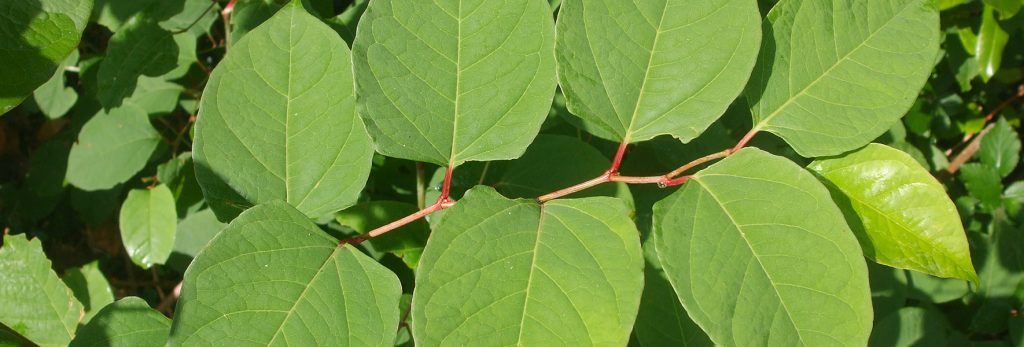Invasive weeds can damage property, and one of them is the Japanese knotweed. If you ever see any indication that this plant is close to your property, you should take measures to eradicate it. Consider these suggestions from Environet on how to prevent Japanese knotweed from damaging your house.
Understand What Japanese Knotweed Is
The scientific name of Japanese knotweed is Fallopia Japonica. The plant is dormant in the winter, but when spring arrives, it comes out of dormancy and starts to sprout.
It grows aggressively during the summer when the weather is warm. It typically grows about a foot every week and can quickly strangle the other plants in your garden. Similar to bamboo, it can grow to more than seven feet in height.
Japanese knotweed has invasive roots that can damage the foundation, drainage systems, and walls of homes. If the growth is not controlled, it can raise issues for home buyers and sellers. Buyers might have a hard time obtaining a mortgage if the lender finds out that the house has a problem with this weed.

What Does The Plant Look Like?
When the plant sprouts, they have a tinge of red that turns into a stem that is lime-green with specks of purple and red. The buds are dark pink, almost reddish. The leaves are shaped like hearts. In the summertime, the plant produces clusters of flowers that are cream in color.

What To Do If You Suspect You See It
If you walk around your property and see something that has this description, take a picture of the plant. Contact a specialist in controlling weeds and send them a picture for their review. The plant might not be Japanese knotweed. However, if the identification is positive, then you can consider hiring the company to evaluate your property and make recommendations on how you should proceed.
Removal Of Japanese Knotweed
The UK has no laws against growing knotweed, but the growth must be tightly controlled. This is necessary to keep it from invading the properties nearby.
The UK government specifies that if the weed continues to create a negative impact on the quality of life of neighboring residences, then the government can issue an order to the property owner to arrange japanese knotweed eradication.
There is helpful information on the weed’s removal on the website of the Royal Horticultural Society:
- Use a weed killer, like Roundup Tree Stump & Root Killer, that contains glyphosate.
- When the weed is removed, the debris is considered “controlled waste” by the Environmental Protection Act of 1990. This must be disposed of at a landfill that has the proper license.
- A weed control company that can remove Japanese knotweed must be registered to dispose of waste. Because some mortgage lenders require verification that the weed was professionally removed, this proof can be easily obtained from the weed removal contractor.